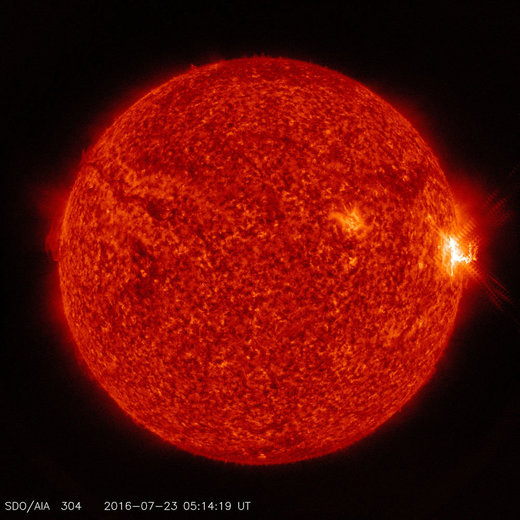OF THE
TIMES
Briefly stated, the Gell-Mann Amnesia effect is as follows. You open the newspaper to an article on some subject you know well... You read the article and see the journalist has absolutely no understanding of either the facts or the issues. Often, the article is so wrong it actually presents the story backward—reversing cause and effect...
In any case, you read with exasperation or amusement the multiple errors in a story, and then turn the page to national or international affairs, and read as if the rest of the newspaper was somehow more accurate about Palestine than the baloney you just read. You turn the page, and forget what you know.
The very recent 'said conversation' between Joe Chip Buffalo Ken and I has been entirely deleted.
"Dwoods44 To supply technical information to a people like yourselves is a serious crime against the cosmic laws. The last thing that you need is...
“ John Kirby saying the president wanted to make a point about America's immigrant "DNA” That DNA is looking slightly cancerous if you ask me....
bestows state awards and holds the exclusive authority to grant a pardon. Yeah, the ever present "safety net" should give you a clue as to what is...
If it weren't for the fact that so many goyim are being slaughtered in this war production, it would almost be entertaining to watch this jewish...
To submit an article for publication, see our Submission Guidelines
Reader comments do not necessarily reflect the views of the volunteers, editors, and directors of SOTT.net or the Quantum Future Group.
Some icons on this site were created by: Afterglow, Aha-Soft, AntialiasFactory, artdesigner.lv, Artura, DailyOverview, Everaldo, GraphicsFuel, IconFactory, Iconka, IconShock, Icons-Land, i-love-icons, KDE-look.org, Klukeart, mugenb16, Map Icons Collection, PetshopBoxStudio, VisualPharm, wbeiruti, WebIconset
Powered by PikaJS 🐁 and In·Site
Original content © 2002-2024 by Sott.net/Signs of the Times. See: FAIR USE NOTICE

am thinking Sol's response to a highly energized environment is to take that energy and reinforce its magnetic lines so we would actually see less flaring and sunspots and when we do see them they would be bunker-busters. The danger would seem to be when we waft out if this high energy gas cloud into one with lower energy. Then it's Katie Bar The Door!